Cyprus, an island where the air hums with the scent of wild thyme, the salty breath of the Mediterranean, and the ancient whisper of mountain stones. To truly soak in the magic of Aphrodite's isle in 2025, you simply must embark on a road trip.
Embracing a road trip transforms your travel vacation into a thrilling adventure, creating an unforgettable holiday experience, unveiling its diverse tapestry of landscapes: from glittering coastal coves to pine-clad mountains, bustling cities to tranquil, secluded villages. This article is your essential guide to the Ideal spots to visit in Cyprus by car, blending renowned landmarks with hidden gems, so your 2025 visit to this remarkable destination leaves an indelible memory.
And remember, the true soul of Cyprus is hidden beyond standard tourist routes and public transport schedules. It awaits you around an unexpected turn to a quiet bay, in a leisurely lunch at a village taverna, in contemplating forgotten ruins, and in the kind gaze of a giant turtle swimming nearby in peaceful waters. Car rental is not just a means of transport; it's your pass to authentic Cypriot experiences and discovery of hidden places. Enjoy the scenic drive!

Preparing for Your Cypriot Adventure: Everything You Need to Know for 2025
Before you set off to explore the many incredible places it has to offer by car, a little preparation will make your journey comfortable and carefree.
Car Rental: How to Choose and What to Consider
The freedom of movement a hired vehicle provides is indispensable for a truly fulfilling visit. It's always optimal to book your car in advance, especially if you're planning a trip between June and September. This can save you up to 30% and guarantees you'll have the right vehicle. Economy class rentals, like a Toyota Aygo, typically range from €20-€35 per day or €120-€210 per week, though you might occasionally find deals as low as €17 a day. Manual transmission vehicles are usually cheaper, but an automatic will make it easier to adjust to left-hand driving – a legacy of the island's British history.
Some local agencies may affiliate with larger international brands, offering competitive prices and familiar service. International companies like Hertz and Avis operate alongside trusted local agencies, such as Cyprus Car Rental. Insurance is a crucial aspect for a trip: basic Collision Damage Waiver (CDW) is usually included, but it comes with a high excess (€500-€1500). For peace of mind, especially if you plan to venture into the mountains or onto unpaved roads, consider full coverage or additional protection for windows and tires. Be aware that rental companies will block a deposit of $300-$900 on your credit card. You'll need a driver's license, passport, and a credit card to rent an automobile. Ensure you understand all the conditions before signing your agreement. Some booking platforms or referral services may receive a small commission from the rental companies when you finalize your reservation through their site.

Driving: Rules and Peculiarities
Cyprus driving on the left-hand side of the road, and the steering wheel is on the right — familiar territory for those accustomed to British roads. The main highways connecting Larnaca, Limassol, and Paphos are in excellent conditions. However, rural and mountain lanes can be narrow, winding, and sometimes unpaved, so always check your route in advance if you plan to explore nature. Road signs are duplicated in Greek and English, which simplifies finding your directions.
Key Driving Facts:
- Side of the Road: Left, overtake on the right.
- Speed Limits: City: 50 km/h (with a 10% tolerance), Rural Roads: 65-80 km/h, Motorways: 100 km/h (can go up to 120 km/h).
- Alcohol Limit: 0.05% BAC.
- Seatbelts: Mandatory for all occupants.
- Phones: Prohibited without a hands-free device.
- Roundabouts: Drive clockwise; yield to those already in the roundabout.
- Parking: Yellow Line: No; White Line: Free; Blue Line: Paid.
- Emergency Number: 112.
- Currency (South/North): Euro (EUR) / Turkish Lira (TRY).
Digital maps and online resources can provide helpful links to real-time traffic updates, ensuring a smoother journey. Local drivers are generally calm, although you might occasionally encounter a more "energetic" driving style with tailgating. Gas stations outside of towns are rare, so plan your fuel trip stops in advance if you don't want to wait for a tow truck in the middle of the mountains forests closer to night.

Crossing the "Green Line": A Trip to Upper part Cyprus
The division of the land presents a challenge for those wanting to explore the entire island with one motor vehicle, yet the territory beyond the Green Line is itself a beautiful destination with its luxurious Gothic St. Nicholas Cathedral and much more! Most hire companies in the South (Republic of Cyprus) prohibit taking cars to the Upper part (Turkish Republic of Northern Cyprus), or their insurance becomes invalid upon crossing the "Green Line" – the UN buffer zone. Insurance from the South is not valid, and vice versa. If you plan to drive extensively in the territory beyond the "Green Line", it's simpler to rent a separate vehicle there after crossing the border on foot, or find a rare agency that offers special insurance for crossing – be sure to confirm the conditions for 2025. This ensures your chosen route is fully covered. If crossing with an automobile is permitted, you'll need to purchase additional third-party insurance at the border for approximately €25. Exploring these different places requires planning.
The main vehicular crossing point is Metehan (Ayios Dhometios) in Nicosia, open 24 hours. It's preferred to cross in the morning or evening to avoid queues. Bring your passport, rental agreement, driver's license, and insurance. Be mindful of customs restrictions. This division means your Cypriot road travel might consist of two parts, each with unique travel conditions, each requiring a distinct route and careful preparation to explore all the desired places.

Best Time to Visit
The ideal time for a Cyprus road trip vacation is during the shoulder seasons: May, June, September, and October are nice for driving. The weather is warm, perfect for seaside relaxation, walks and exploring, tourist crowds are thinner, and the costs for vehicle hire and accommodation are slightly lower. In spring (March–May), the island bursts into bloom, with temperatures ranging from 16–28°C. Summer (July–August) is hot, up to 35°C, but the Troodos Mountains offer a refreshing escape from the heat. Autumn (September–October) maintains warm sea temperatures, with air around 25–28°C, offering a perfect holiday escape. Winter (November–March) is mild, featuring flamingos on the Larnaca Salt Lake and the possibility of skiing and sledding in Troodos. Each season offers unique places to experience. Check local weather conditions before you go.

Your Cyprus Itinerary: Top Places to Visit
Cyprus is an island of contrasts, and having a transport allows you to tailor your route to your interests. Here are the key regions and their treasures:
Larnaca: A Gentle Beginning
Larnaca, the main "Air Gate," welcomes you with a soft coastal charm and a rich history. The 9th-century Church of Saint Lazarus is a significant Christian sanctuary. Stroll along the Finikoudes promenade or relax on Mackenzie sands. A drive to Larnaca Salt Lake offers stunning scenic views, especially in winter when flamingos dance here. Nearby is the Hala Sultan Tekke Mosque. The Kamares Aqueduct outside the city is also worth a visit. When hunger strikes, try kleftiko at a local taverna. These are all essential places for your visit. Plan your route to include a sunset visit here.
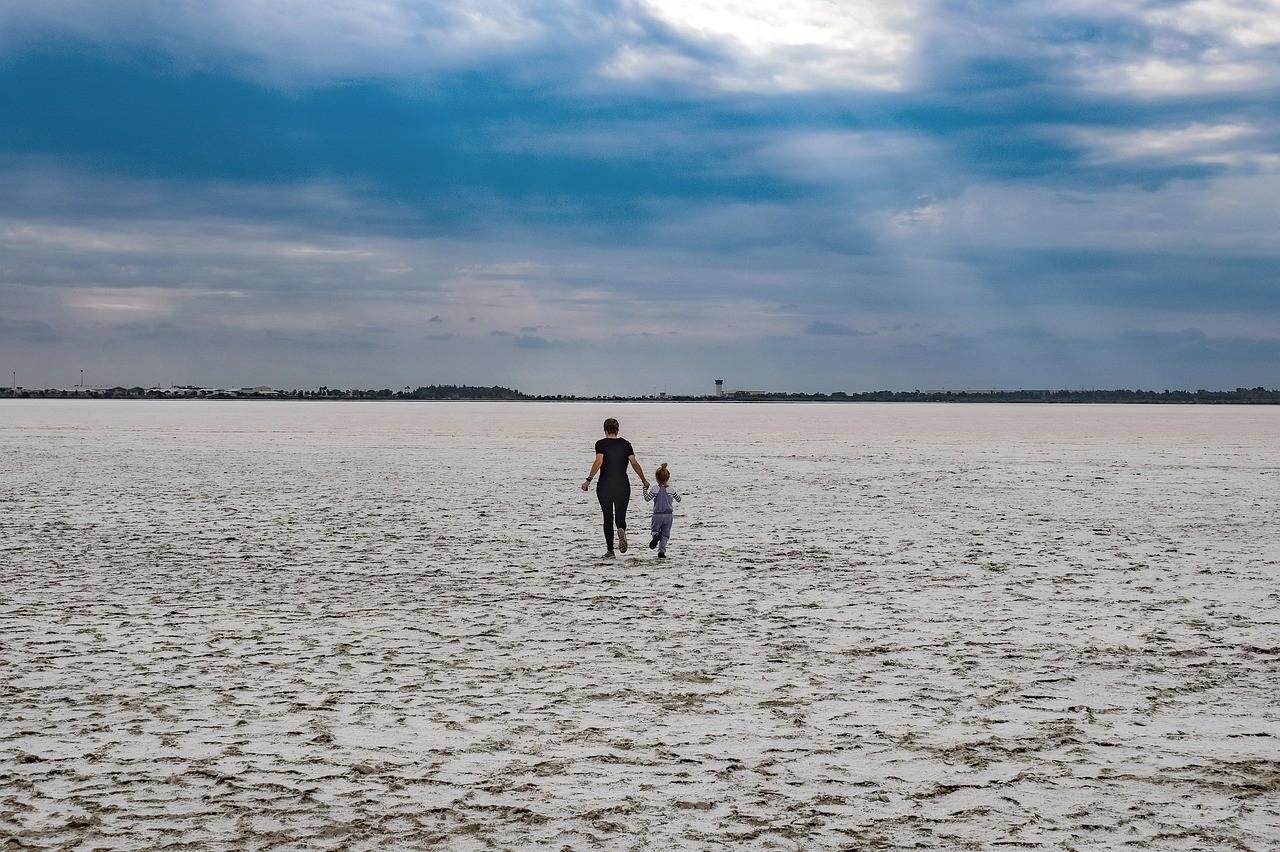
Nicosia: The Divided Capital
Nicosia is the world's last divided capital. The old town within the Venetian walls is best explored on foot – park your auto (during peak hours, use the underground parking at Eleftheria Square). In the Greek Cypriot sector, you'll find the legendary Ledra Street with its shops and crossing point to the region, the Laiki Geitonia district, the Cyprus Museum, and St. John's Cathedral. After crossing the "Green Line" (with your passport), you'll discover Büyük Han, a true Ottoman caravanserai, and the Selimiye Mosque, formerly a Gothic cathedral. Consider a walking route through the old center.
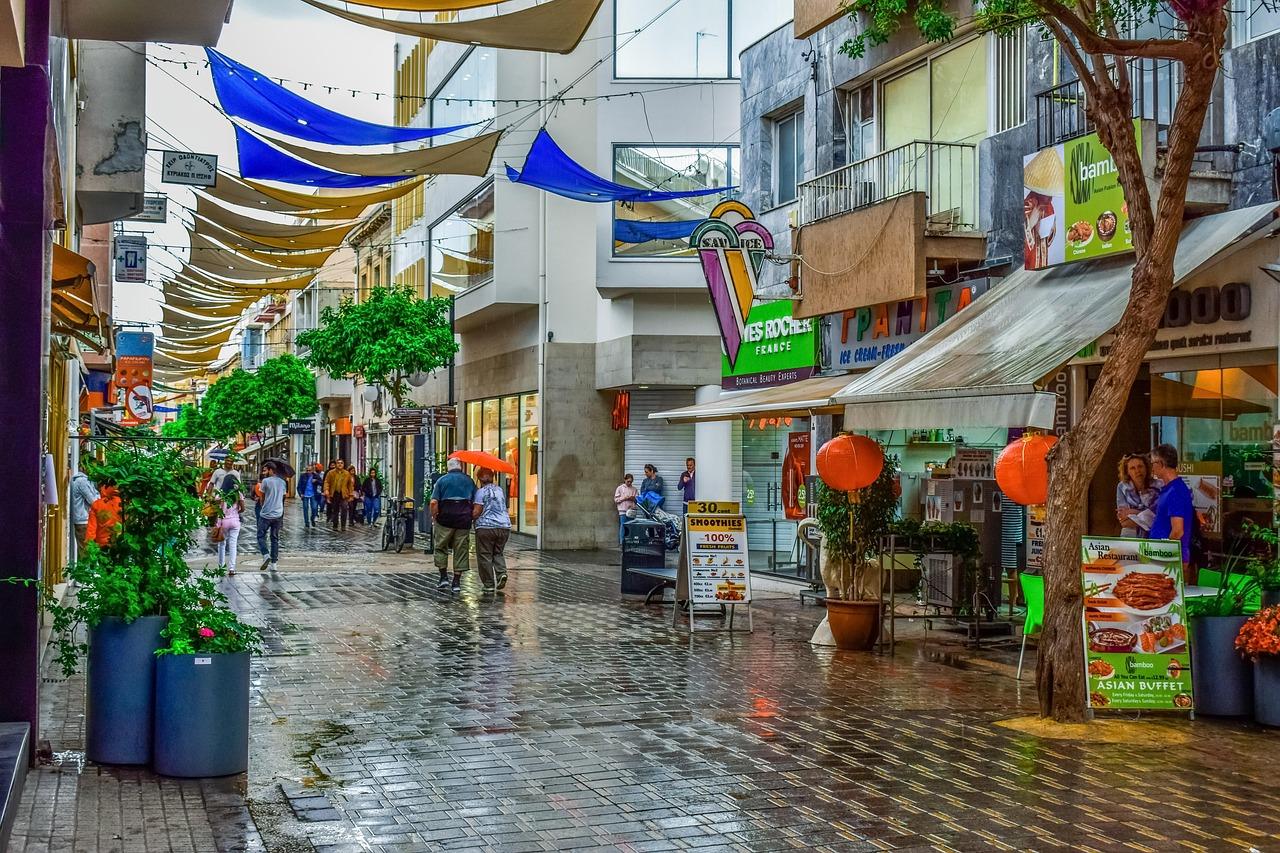
Limassol: Energy and History
Limassol blends modernity with the past. Kourion, perched on a cliff, impresses with its ancient theater and mosaics. Kolossi Castle, 10 km from the center, is linked to the legends of Commandaria wine. The old town and Limassol Castle are also highly interesting. Drive to the villages – you won't regret it: Omodos is a wine capital with a monastery, while Lofou offers authentic tranquility. Governor's Beach is a true wonder of white limestone formations and unusual white sand. Explore a scenic route along the coast.
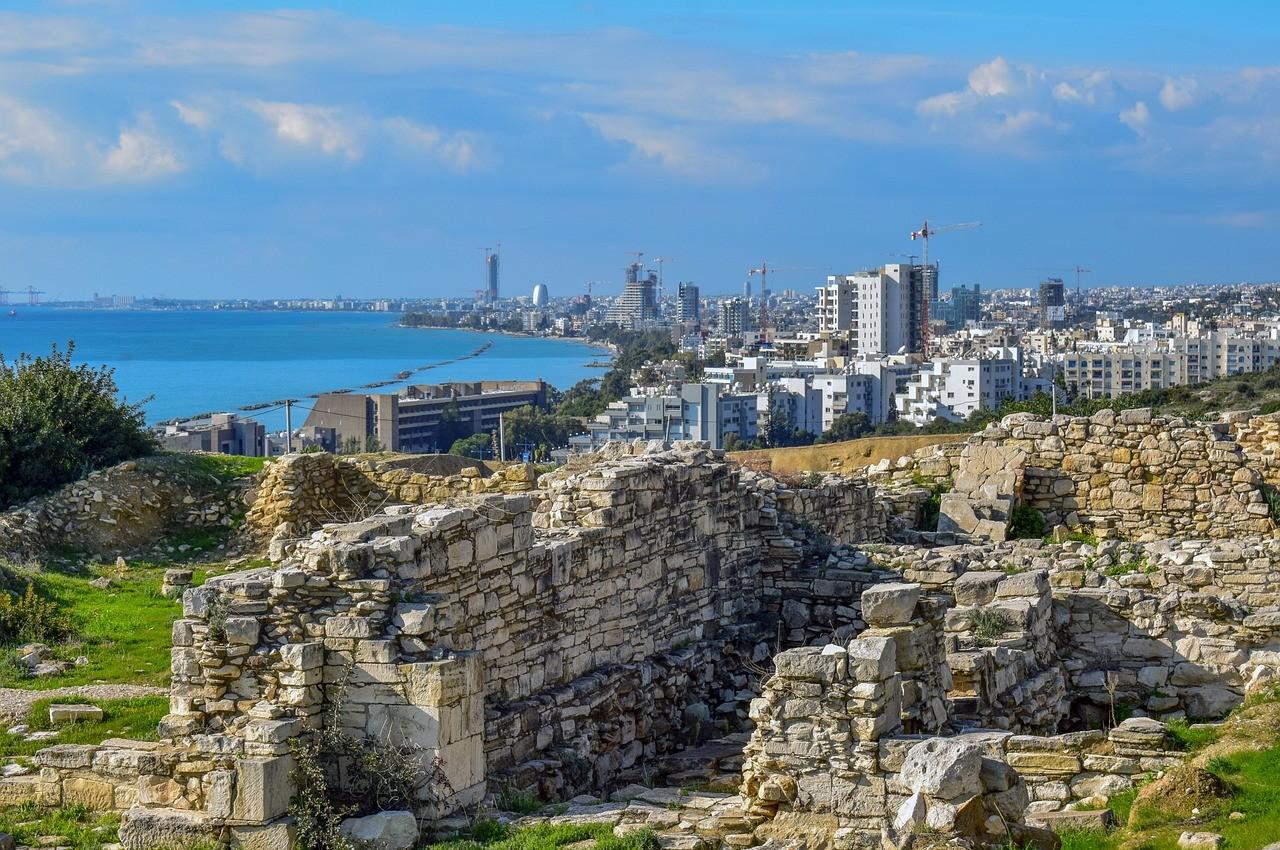
Paphos: Myths and Sunsets
Paphos is a UNESCO World Heritage site. The Kato Paphos Archaeological Park is famous for its villa mosaics. The Tombs of the Kings are impressive rock-cut burial chambers. Petra tou Romiou (Aphrodite's Rock) is breathtaking at sunset. The sea caves of Peyia and the Edro III shipwreck are for those who love dramatic scenery. The Akamas Peninsula, with Aphrodite's Baths and the Blue Lagoon, requires a 4x4 for deep exploration trips, but you can see a lot with regular wheels too. Map out a scenic discovery route to experience its wonders. Explore the untouched beauty of Akamas National Park.
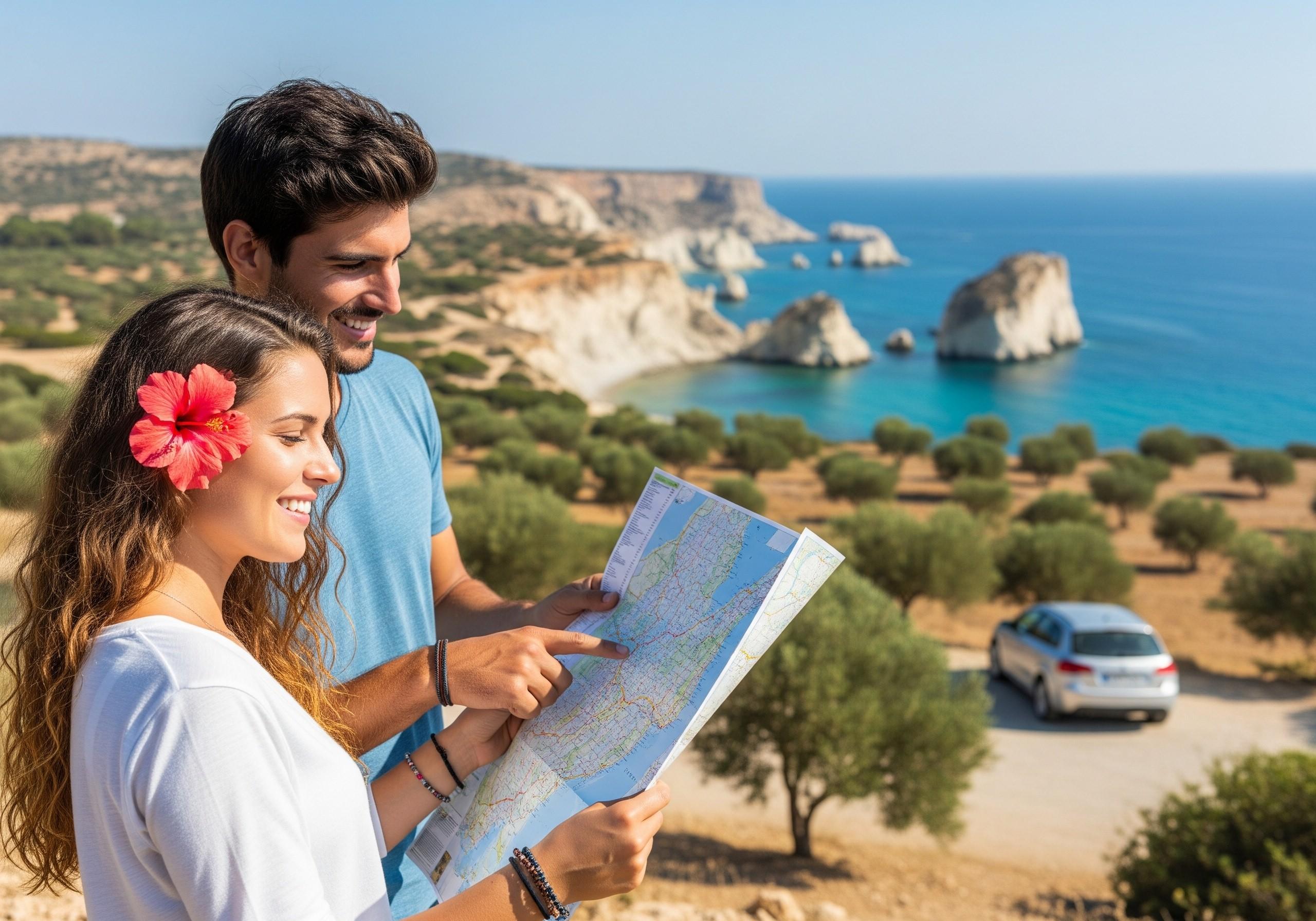
Troodos Mountains: Nature and Tradition
Ascend into the mountains for fresh air and unobstructed views. Mount Olympus is for skiing in winter and exploring its hiking trails in summer. The villages are the heart of the region: not far are Omodos with its wine and monastery (if you missed it earlier), Lefkara famous for its lace, Kakopetria with its charming stone houses, and Platres with refreshing waterfalls. Wineries like Lambouri offer Commandaria tastings. In winter, checking road conditions – chains for trips might be necessary. Exploring these mountains offers a truly unique place. The winding rougher terrain through the highlands scenic landscapes are an adventure in themselves.
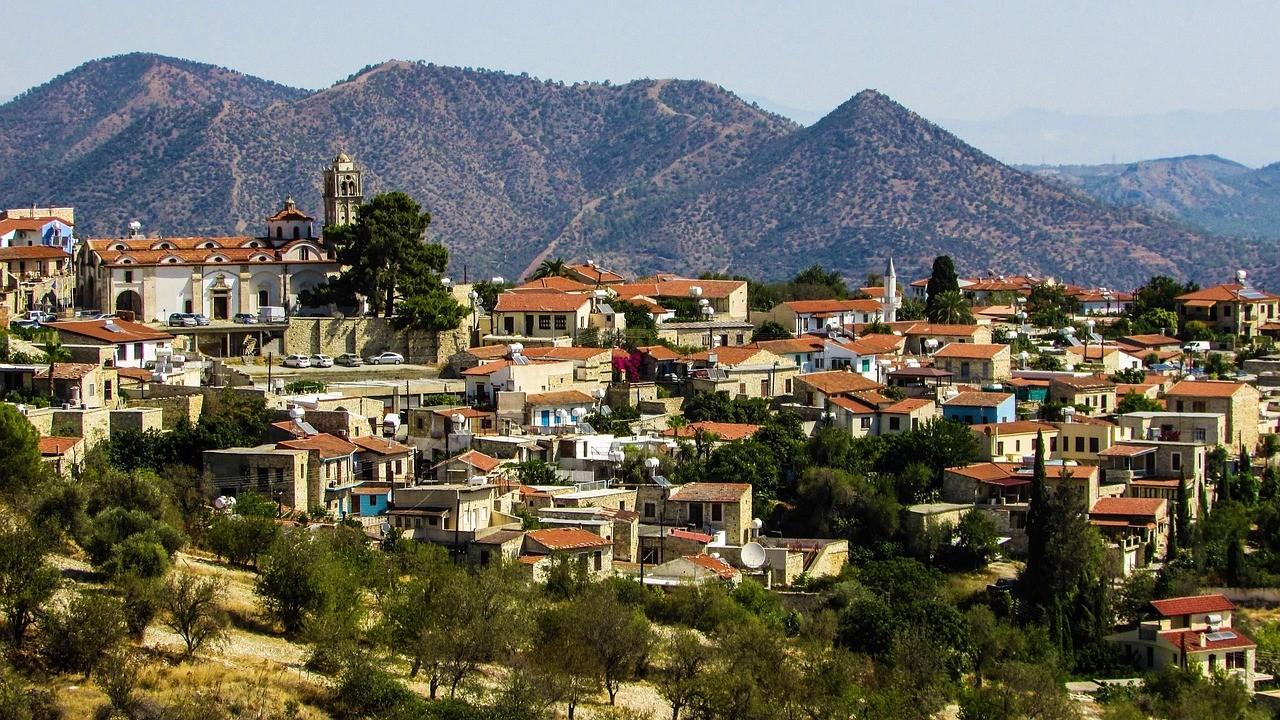
Ayia Napa and Protaras: Eastern Shores
Cape Greco, a dramatic peninsula, is a natural park with the Blue Lagoon and sea caves. Ayia Napa and Protaras are known for their vibrant nightlife, but also offer many family-friendly options, including inviting coastlines like Ayia Napa's Nissi Beach for parties, Macronissos with its islet, and Protaras' Fig Tree Bay, which is ideal for children. Konnos Beach offers tranquility and observing fish with a mask near the reef. Profitis Ilias Church — for sunset views and the soul. The coastal scenic route here is breathtaking.
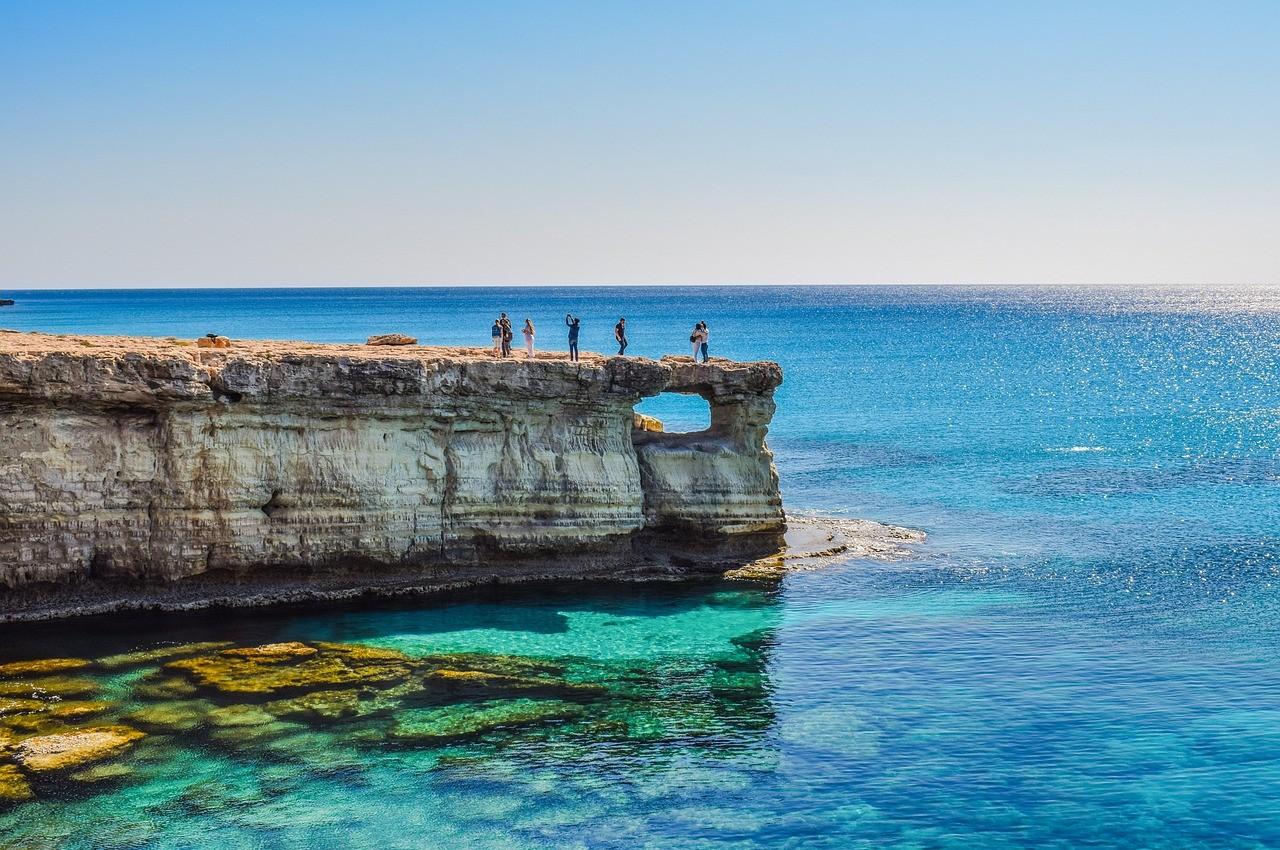
Northern Part: Another Part of the Island
If you decide to explore the top section (with a separate rental), Kyrenia will charm you with its harbor and castle featuring the Shipwreck Museum. Bellapais Abbey is a Gothic gem. Famagusta boasts impressive town walls, the ancient district of Salamis, and Varosha — the "ghost town," now open for visits.
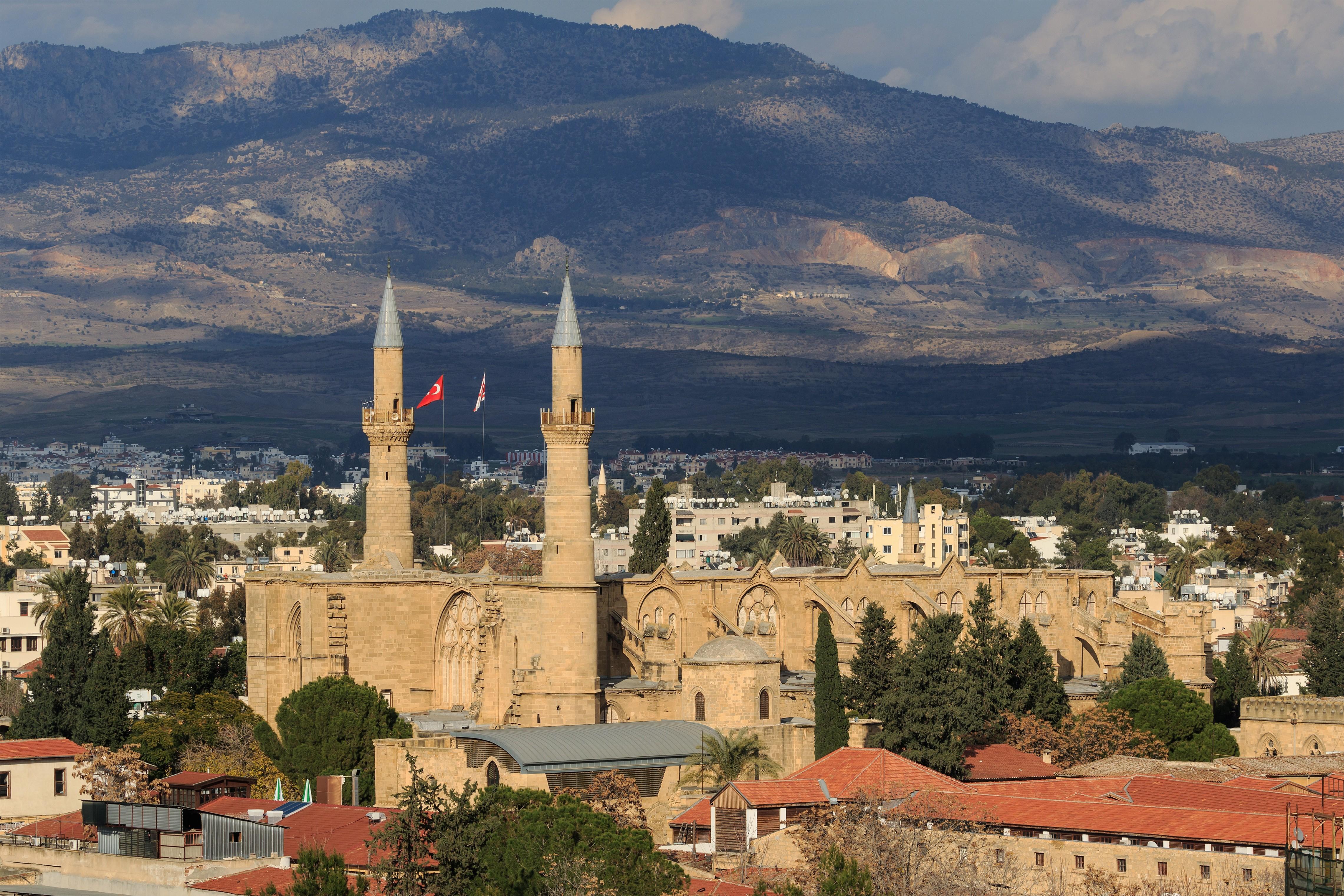
Beyond the Wheel: Cultural Experiences
Culinary Journey
Sample a breakfast of halloumi and loukaniko, enjoy meze in tavernas, savor kleftiko, souvlaki, and fresh seafood. The Troodos wineries offer tastings of the famous Commandaria wine.
Hidden Treasures
Lefkara – not just lace, but also a beautiful architecture trip! The sea caves of Peyia – perfect for Instagram photos. The Museum of Underwater Sculpture in Ayia Napa – for adventurous divers. The Akamas Peninsula offers secluded bays perfect for snorkeling and diving.
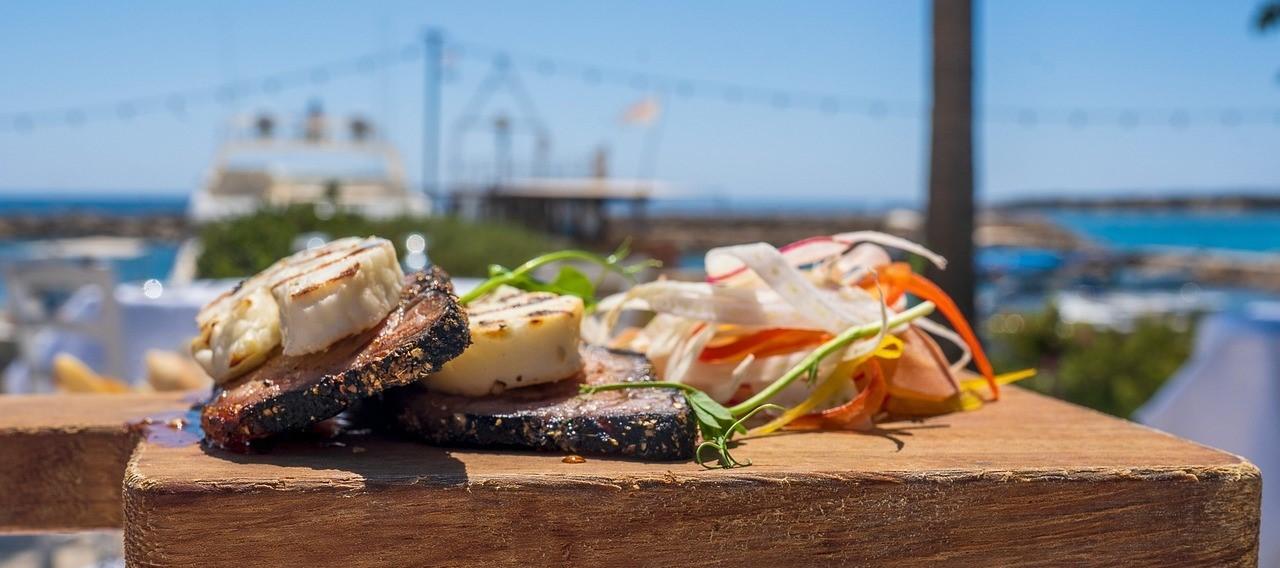
A beautiful road trip through the island is your chance to create your own story. Chasing the sunset to Aphrodite's Rock, getting lost in mountain villages, finding your perfect secluded beach – all this is possible with a car. Balance your plans with spontaneity, and Cyprus will reveal itself in all its glory. The island awaits – start your adventure, perhaps discovering a new trail in Akamas Peninsula!
Read also:
Things to do in the Troodos Mountains of Cyprus
Best summer festivals in Cyprus

